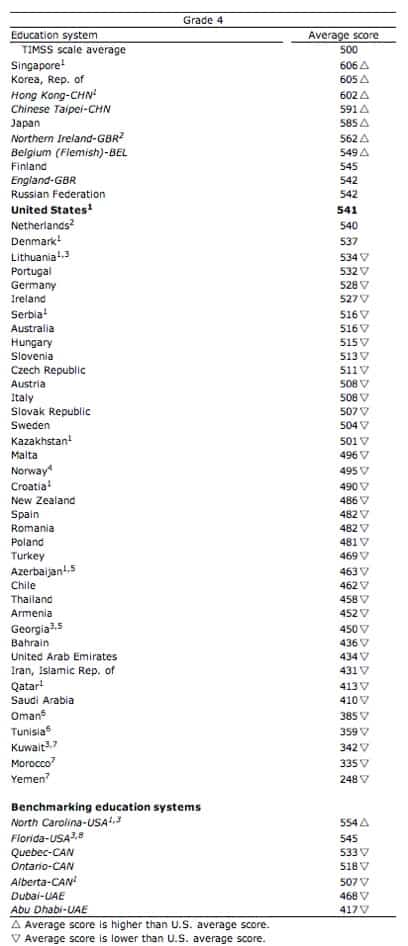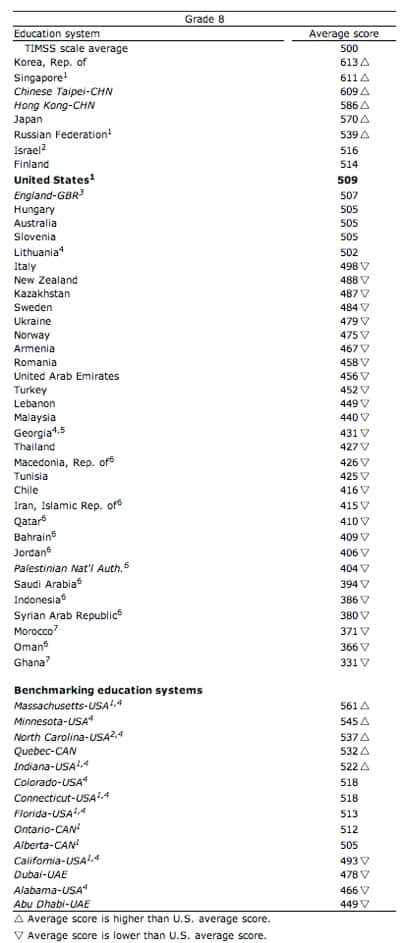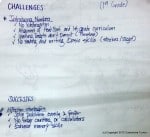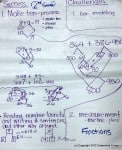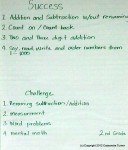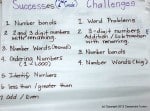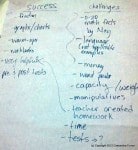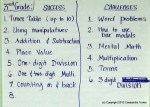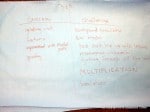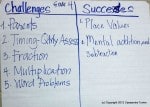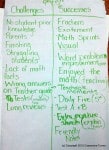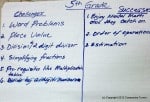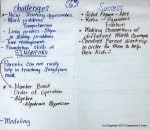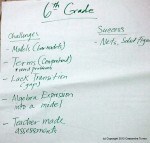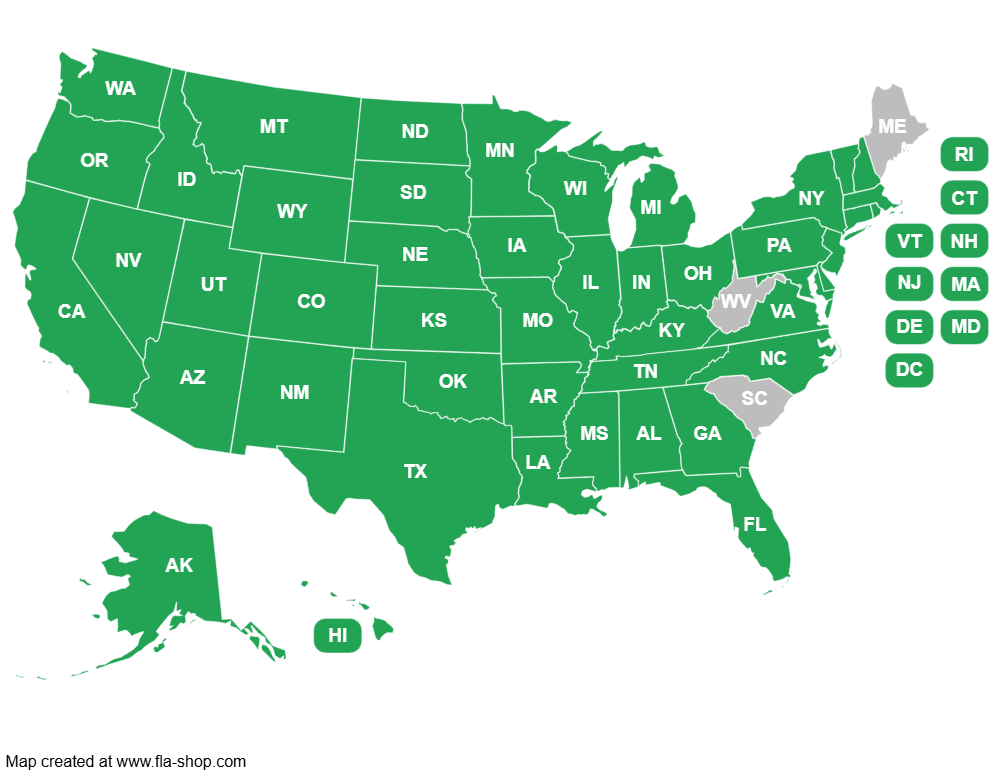Enjoy!
[youtube]http://youtu.be/Tp2nqf4A-XE[/youtube]Maths in Singapore
Learning from the East: The benefits of persistence
 Working with schools, teachers and parents over the last five years, I’m often asked whether cultural differences can explain why Singapore’s students have led the world in international math standings for 15 years while US students rank no better than mid-pack.
Working with schools, teachers and parents over the last five years, I’m often asked whether cultural differences can explain why Singapore’s students have led the world in international math standings for 15 years while US students rank no better than mid-pack.
When I visited Singapore in 2007, I learned how the country decided to focus on building strong Singaporean citizens beginning with their earliest education. The country’s mathematics curriculum (Primary Mathematics) was developed in the early 1980s with this goal in mind. At that time, Singapore’s students were mediocre at math. Within a few years after the launch of the second edition of Primary Mathematics, Singapore’s students topped the international TIMSS study.
To me, it’s quite easy to attribute much of Singapore’s Math success to changes in how it approached education, including, most importantly, the new curriculum. Could Singapore’s culture have changed dramatically between 1984 (when Singapore’s students were ranked 16th of 26 in the Second International Science Study) and 1995 (when they ranked first in the TIMSS study)?
Today, much attention is paid to “Tiger Mothers,” who, in the words of the Economist,
“load their cubs down with extra homework and tuition to make them excel at school.”
This trend seems more recent; it’s also one which, remarkably, Singapore’s current Prime Minister wants to curtail (http://www.economist.com/
A more subtle consideration concerns expectations; how do parents and teachers ask students to engage in schoolwork?
I had a driveway moment this fall when NPR ran a story (http://www.npr.org/blogs/
“For the most part in American culture, intellectual struggle in schoolchildren is seen as an indicator of weakness, while in Eastern cultures it is not only tolerated but is often used to measure emotional strength.”
Reporter Spiegel then chooses to NOT to choose between East and West. In this silence, though, I believe there is a teachable moment for those of us in the West.
In training sessions with teachers, it is not uncommon to encounter resistance when I advise (insist) that teachers give students the opportunity to really work on math problems. This can be a difficult skill for teachers to learn.
And if teachers are inclined to want to move their class along before giving students a chance to truly work the math, parents can worse. They are unaccustomed to and uncomfortable at seeing their children struggle, unable to finish their home enjoyment (aka homework). Parents sometimes can be too quick to either give their kids a pass (well, you have tried, haven’t you?) or demand an explanation of the teacher (why can’t my child do the homework?).
Here’s where I find that it’s critical to have laid the groundwork and properly set expectations. Teachers need patience (whew, do teachers ever need patience!). They must let their students work through problems, even if they end up struggling and having to start over. And parents need to appreciate that homework (honestly completed or struggled with) can be the best feedback loop for teachers.
Pointing at cultural differences to rationalize a lack of math proficiency in many of our students serves no one. Instead, I think there’s a lot to be gained by asking that western students work a bit more to earn some of the praise they frequently receive.
TIMSS 2011: Singapore Leads International Math Standings
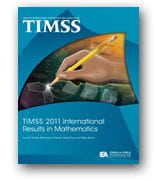 For the past 20 years, the TIMSS (Trends in International Mathematics and Science Study) has measured mathematics and science achievement of participating students at the fourth and eighth grades. It has been conducted on a regular 4-year cycle since 1995.
For the past 20 years, the TIMSS (Trends in International Mathematics and Science Study) has measured mathematics and science achievement of participating students at the fourth and eighth grades. It has been conducted on a regular 4-year cycle since 1995.
For U.S. Educators, TIMSS is valuable since it compares the achievement of American students to their peers in other countries. From the National Center for Education Statistics:
TIMSS provides reliable and timely data on the mathematics and science achievement of U.S. 4th- and 8th-grade students compared to that of students in other countries.
TIMSS 2011 truly was a global study; 52 countries and 7 education systems participated in 4th Grade, while 45 countries and 14 education systems were involved at the 8th Grade level.
Last week, TIMSS 2011 was released. Note that all scores are adjusted to a 500 scale average. The results (…drumroll please…):
For 4th Grade Math, the top scoring nations are:
1. Singapore, average score 606
2. Republic of Korea, 605
3. Hong Kong, 602
4. Chinese Taipei, 591
5. Japan, 585
—
11. United States, 541
The following North American jurisdictions also participated in 4th Grade Math:
North Carolina, 554
Florida, 545
Quebec, 533
Ontario, 518
Alberta, 507
For 8th Grade Math, the top scoring nations are:
1. Republic of Korea, average score 613
2. Singapore, 611
3. Chinese Taipei, 609
4. Hong Kong, 586
5. Japan, 570
—
9. United States, 509
The following North American jurisdictions also participated in 8th Grade Math:
Massachusetts, 561
Minnesota, 545
North Carolina, 537
Quebec, 532
Indiana, 522
Colorado, 518
Connecticut, 518
Florida, 513
Ontario, 512
Alberta, 505
California, 493
Alabama, 466
A summary of TIMMS 2011 results is available here. Data tables with results for 4th and 8th Grade mathematics are here.
A listing of all participating entities and their TIMSS 2011 math scores for 4th and 8th Grades is reproduced below:
The National Center for Education Statistics is the source of Tables and other information extracted from TIMSS 2011 in this post.
Direct from the classroom: Challenges & Successes with Singapore Math implementations
Some teacher challenges & successes with Singapore math one year or three months after adopting the program are below. Click to see larger images.
During follow-up in-services, I like to have teachers meet in grade level groups and spend time discussing the challenges and successes they have had thus far with their teaching of Singapore Math. Each grade level is then asked to list these challenges and successes on a poster and share with the group as a whole. This allows us time to compare and share lessons from the content fresh on their minds.
There is so much challenge the first year when implementing a new curriculum, it’s helpful to take a few moments to reflect on how many successes the teachers and students have had. These posters then guide subsequent teacher learning as we focus on the concepts that they are finding challenging.
- Kindergarten – 1 year
- 1st Grade – 1 year
- 1st Grade – 1 year
- 2nd Grade – 1 year
- 2nd Grade – 1 year
- 2nd Grade – 1 year
- 2nd Grade – 1 year
- 3rd Grade – 1 year
- 3rd Grade – 1 year
- 3rd Grade – 1 year
- 4th Grade – 3 months
- 4th Grade – 3 months
- 4th & 5th Grade – 1 year
- 5th Grade – 3 months
- 5th Grade – 3 months
- 6th Grade – 3 months
- 6th Grade – 3 months
- 6th Grade – 3 months
Learning from Singapore’s School Success
Policymakers in Utah have been attracted to the Singapore math curriculum for some time. A recent article in the Deseret News focused attention on what can be learned from the success of the educational system in Singapore. Reporter Celia Baker considered:
The island nation of Singapore transformed itself from a third-world country to an economic powerhouse in less than a half-century by concentrating on its education system.
(ed. after visiting Singapore in 2007, I believe this transformation took less than a generation.)
Although the article refers to ‘tiger mothers,’ it seems evident that the quality of the country’s curriculum is foremost in developing successful students. Baker cited a 2010 New York Times article that stated:
In contrast to the most common math programs in the United States, Singapore math devotes more time to fewer topics, to ensure that children master the material through detailed instruction, questions, problem solving, and visual and hands-on aids like blocks, cards and bar charts.
So, as Baker concludes, in Singapore, “Students develop a strong foundation in math under the system and can advance rapidly later on.”
Of note, in another article, reporter Baker also considered ways that Finland was able to revitalize its education system. Baker notes:
Stanford professor Linda Darling-Hammond said, “Thirty years ago, Finland’s education system was a mess. It was quite mediocre, very inequitable. It had a lot of features our system has: very top-down testing, extensive tracking, highly variable teachers, and they managed to reboot the whole system.”
What would it take to re-boot our system?
